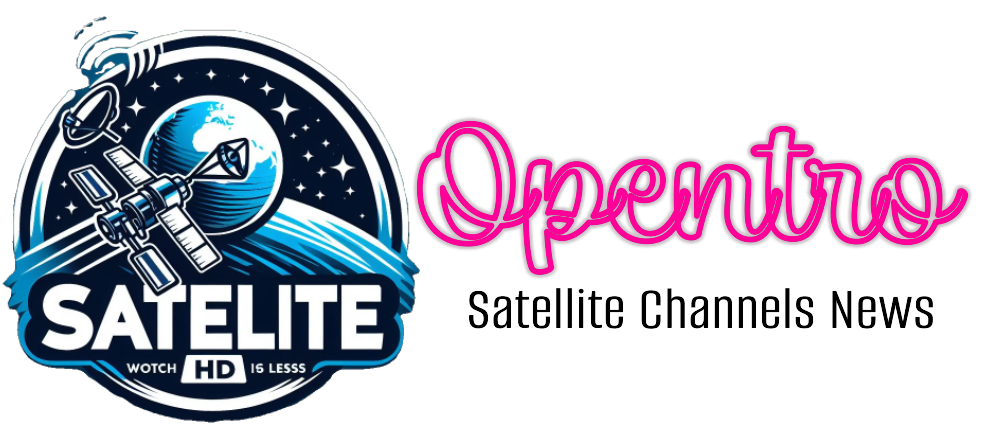A New Enigma Captures Tamil Cinema’s Attention
The name “Inspector Rishi” has become a whispered promise of suspense in the Tamil entertainment scene. This upcoming web series has generated considerable buzz, leaving audiences eager to delve into the world it promises. With its intriguing premise and shroud of mystery, Inspector Rishi has become a topic of fervent discussion and speculation.
Unveiling the Genre: Hints of Chills and Thrills
While details remain tightly guarded, whispers suggest that Inspector Rishi might belong to the horror or thriller genre. This tantalizes audiences with the prospect of spine-tingling encounters and edge-of-your-seat suspense.
A Multi-Episode Saga in the Making?
Adding to the intrigue is the question of format. Will Inspector Rishi unfold in a single, feature-length presentation, or will it be a multi-episode saga? The potential for a meticulously crafted storyline spanning multiple episodes has only heightened the anticipation.
A Cast to Captivate
The cast of Inspector Rishi remains shrouded in secrecy, further fueling the excitement. Whether seasoned veterans or rising stars, the actors chosen for this project will undoubtedly play a vital role in bringing the story to life. Audiences eagerly await the reveal of the talented individuals who will embody the characters and propel the narrative forward.


Where to Watch: The Search for Inspector Rishi
With the release date approaching, viewers are actively seeking ways to access the series. Searches for “Inspector Rishi movie download” reveal a strong desire for a digital platform release. Additionally, speculation points towards platforms like Isaimini and Moviesda as potential sources for viewing Inspector Rishi, highlighting the widespread anticipation for its premiere.
(Disclaimer: Downloading content from unauthorized sources may be illegal. It’s recommended to wait for the official release on a legitimate platform.)
A Critical Eye Awaits: Anticipation for Reviews
As the release date nears, so too does the curiosity surrounding critical reception. Reviews and opinions will be eagerly sought after, offering valuable insights into the quality and impact of Inspector Rishi. Early buzz suggests the potential for a gripping series that leaves audiences enthralled and wanting more.
The Final Curtain Rises: A Thrilling Adventure Beckons
Inspector Rishi stands on the cusp of its release, inviting audiences to embark on a thrilling journey. Fueled by a captivating premise, a talented cast, and a shroud of mystery, the series promises to captivate viewers and leave a lasting impression. As the secrets surrounding Inspector Rishi begin to unravel, audiences eagerly await the opportunity to delve into this world of suspense and discover the truth that lies hidden within.
